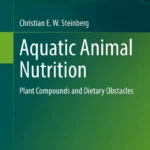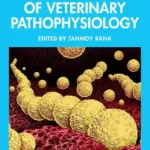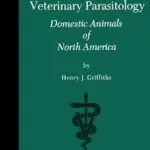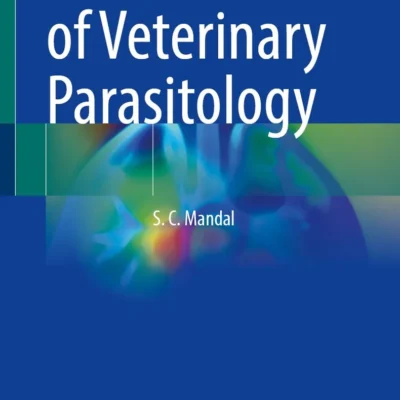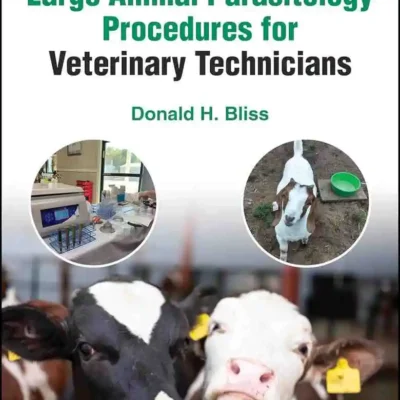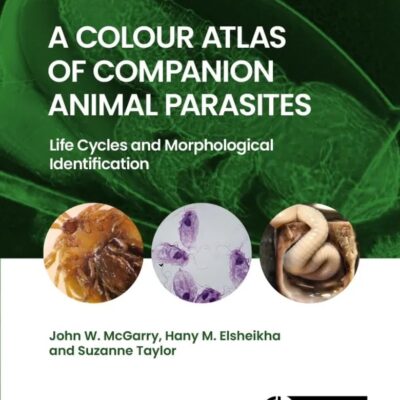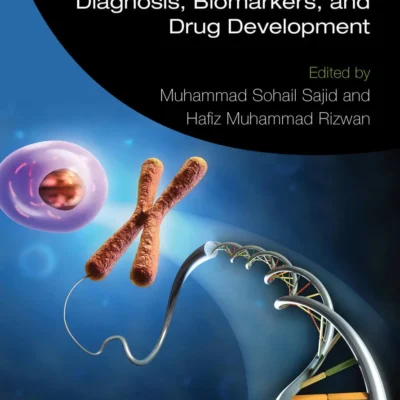Veterinary Entomology: Arthropod Ectoparasites of Veterinary Importance
 by David Shearer, R. L. Wall
by David Shearer, R. L. Wall
February 1997
Although usually treated as unified subject, in many respects the two components of what is broadly described as ‘medical and veterinary is usual, the term entomology is entomology’ are clearly distinct. As used loosely here to refer to both insects and arachnids. In medical entomology blood-feeding Diptera are of paramount importance, primarily as vectors of pathogenic disease. Most existing textbooks reflect this bias. However, in veterinary entomology ectoparasites such as the mites, fleas or dipteran agents of myiasis assume far greater prominence and the most important effects of their parasitic activity may be mechanical damage, pruritus, blood loss, myiasis, hypersensitivity and dermatitis, in addition to vector-borne pathogenic disease.
Ectoparasite infestation of domestic and companion animals, therefore, has clinical consequences necessitating a distinct approach to diagnosis and control. The aim of this book is to introduce the behaviour, ecology, pathology and control of arthropod ectoparasites of domestic animals to students and practitioners of veterinary medicine, animal husbandry and applied biology. Since the book is directed primarily at the non-entomologist, some simplification of a number of the more involved entomological issues has been deemed necessary to improve the book’s logical structure and comprehensibility, and keep its length within limits. A reading list is presented at the end of each chapter to act as a stepping-stone into the specialist literature.
PDF 10.7 MB


